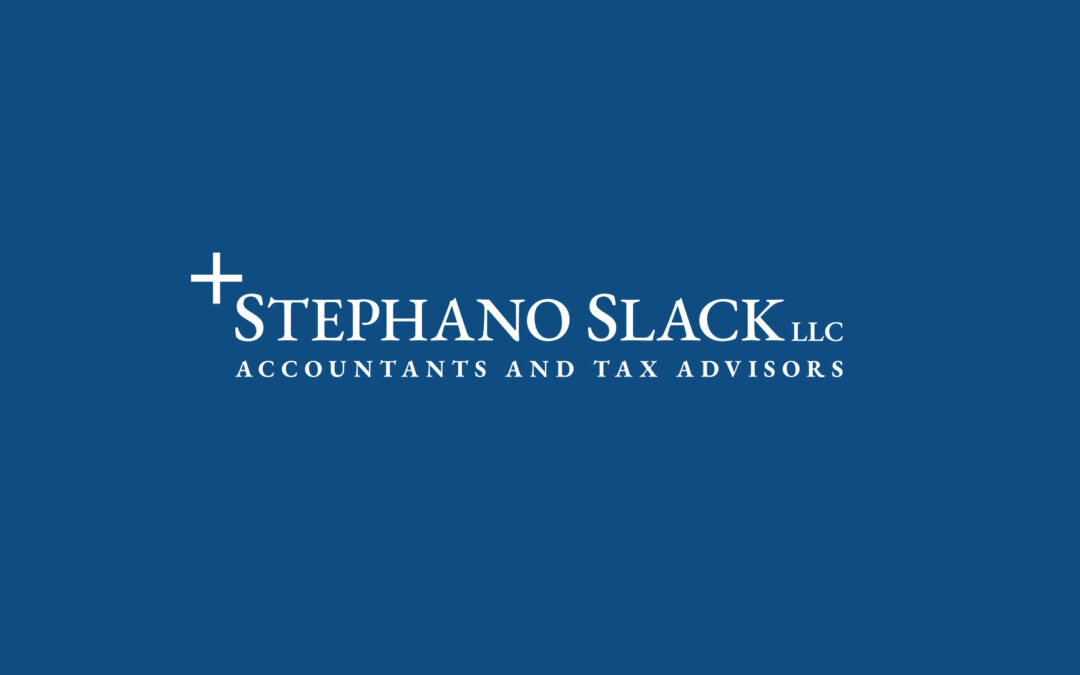These days business has no boundaries. Many companies find themselves doing business in states other than the state they call home. As a result, many of our clients have questions about sales tax, corporate tax laws, and regulations.
So lately we’ve been reading a great deal about corporate income tax apportionment, the state prescribed formula used to divide business income among the states in which a company does business. Every state has its own, but there are generally two types, the three-factor formula and the single factor formula that determine Corporate Net Income Tax (CNIT).
The three-factor formula (which is used in Pennsylvania) is most commonly based on sales, property, and payroll. Pennsylvania weighs sales at 60 percent with property and payroll each weighing 20 percent. The three-factor formula is also used in many of Pennsylvania’s neighboring states, including Maryland, New Jersey, New York, Ohio, and West Virginia. Each of these states likewise weigh sales heavier than property or payroll. The single factor formula is generally based solely on sales.
The reason states use the single-factor formula, and why many states weigh sales more heavily in terms of taxation, is often to spur economic development. By focusing on sales, instead of payroll or property, many states feel they can attract businesses and create jobs. Some states are also looking to introduce “market-based sourcing,” which mandates that sales from services be sourced to the state where the benefit from the services is derived.
These laws are ever changing, but don’t worry, we’ll help keep you up-to-date and compliant.
Does S- in S-Corporations mean saving? In some ways it does.
For the past ten years, S-Corporations have been the most popular corporate entities formed in America. In fact, since 2005, tax returns filed on behalf of S-Corporations have increased while other corporate returns have declined. This increase in formations and filings is generally attributed to the fact that through S-Corporations, owners protect themselves from personal liability and also have their gains taxed only once. Whether or not this is the sole driver in the increasing popularity of S-Corporations is up for debate, but one thing is certain, the large number of companies electing S-status has led to a significant number of changes when it comes to operations, governance, financials, and filings.
We’ll be happy to discuss those items with you on a more personal level, but remember these things:
» The number of shareholders S-Corporations may retain has increased to 100. And now certain family members sharing a common ancestor can be treated as a single shareholder.
» If you’re an LLC and you file form 2553 electing S-status, the form signifies that you will be taxed as a corporation
» Companies can now convert from an S-Corporation to an LLC without losing their S-status
» Corporations electing S-status may risk BIG (Built-In Gains) tax and larger corporations may need to file the new schedule M-3
» When shareholders have losses that exceed the their stock basis, the full loss may be deducted if and only if the shareholder has adequate basis in a loan to the corporation
If you have any questions about how these laws affect your business, or if you’re considering electing an S-status, give us a call at 610-687-1600 to schedule an appointment and learn more about what it means for you financially.



Recent Comments